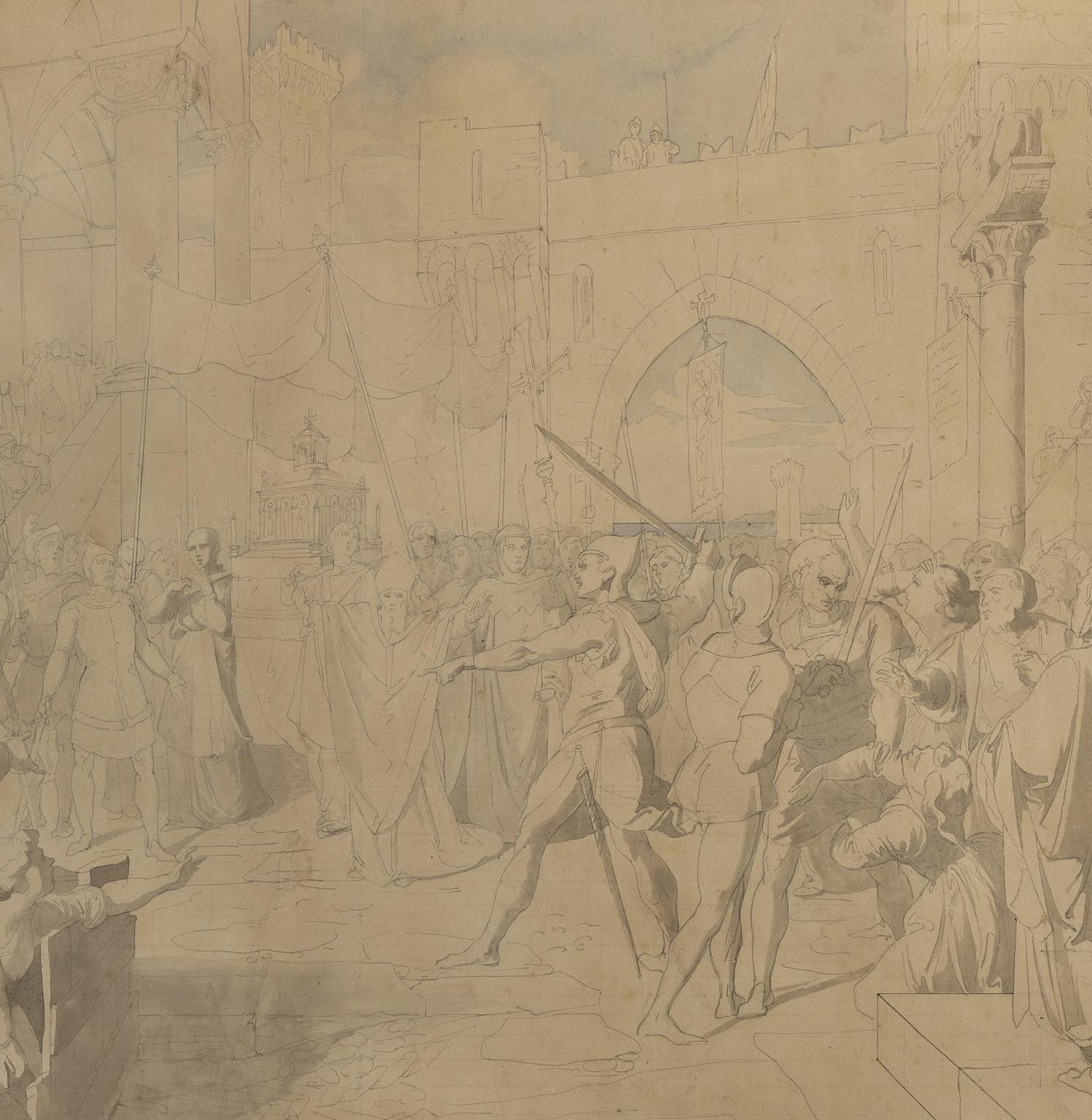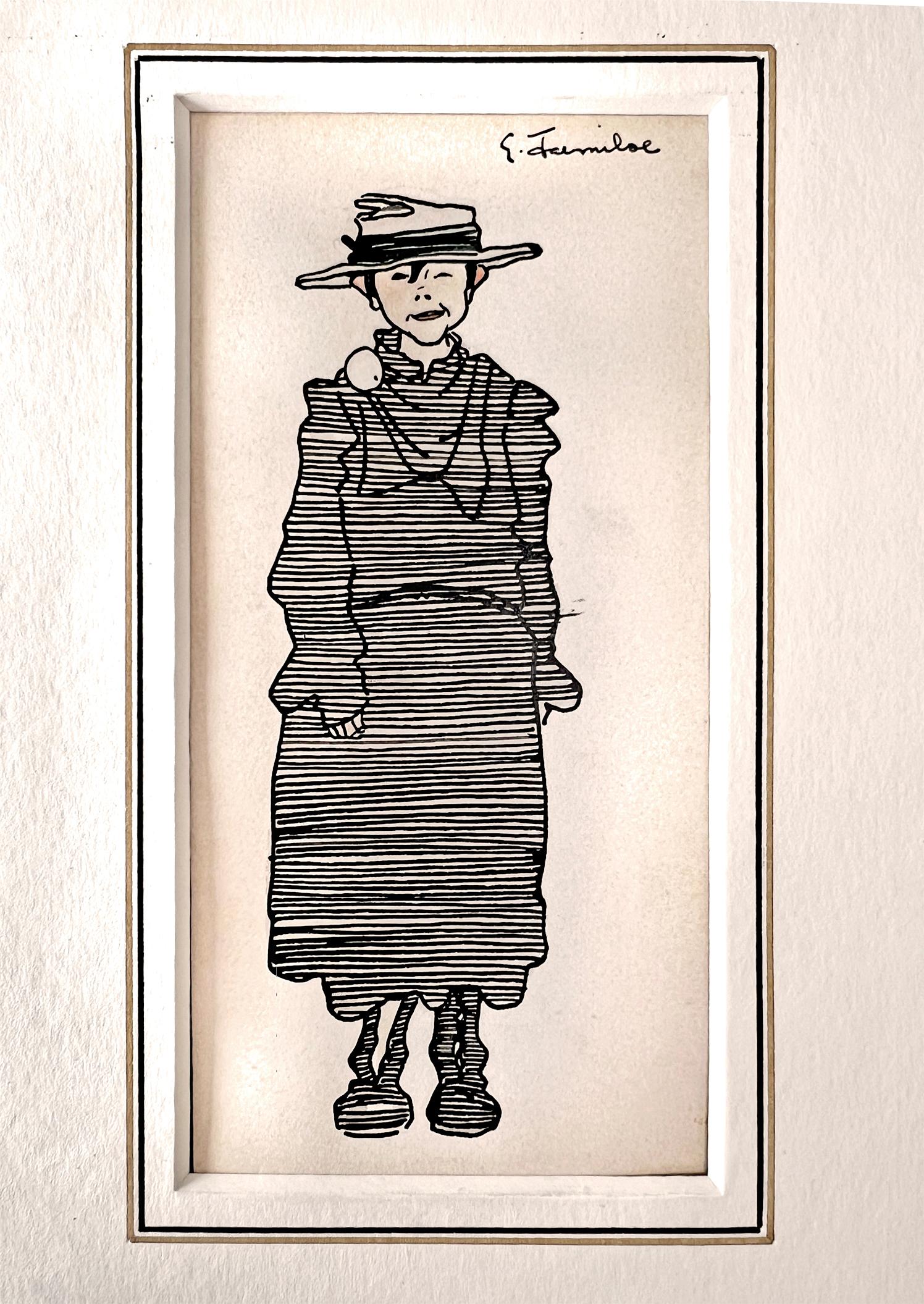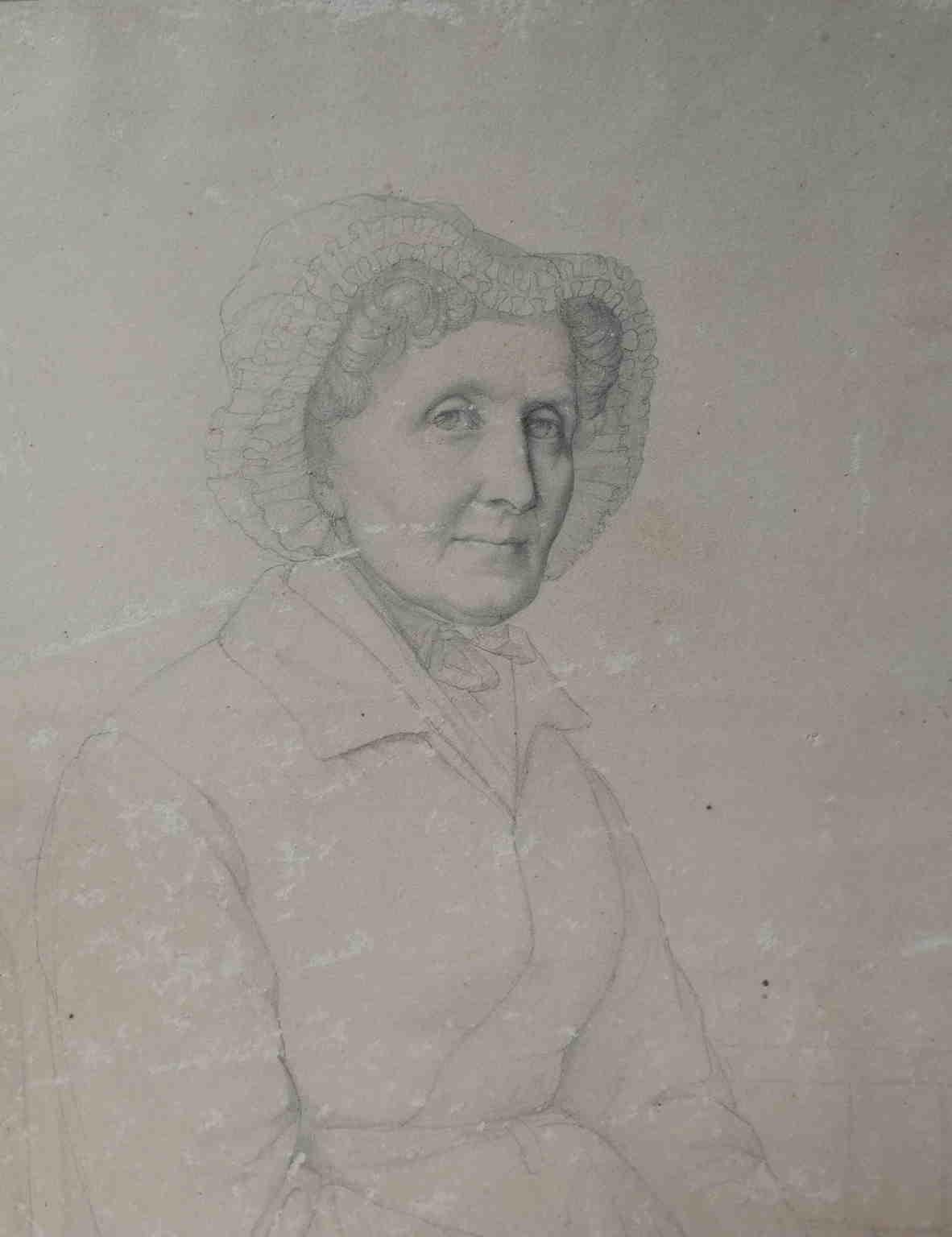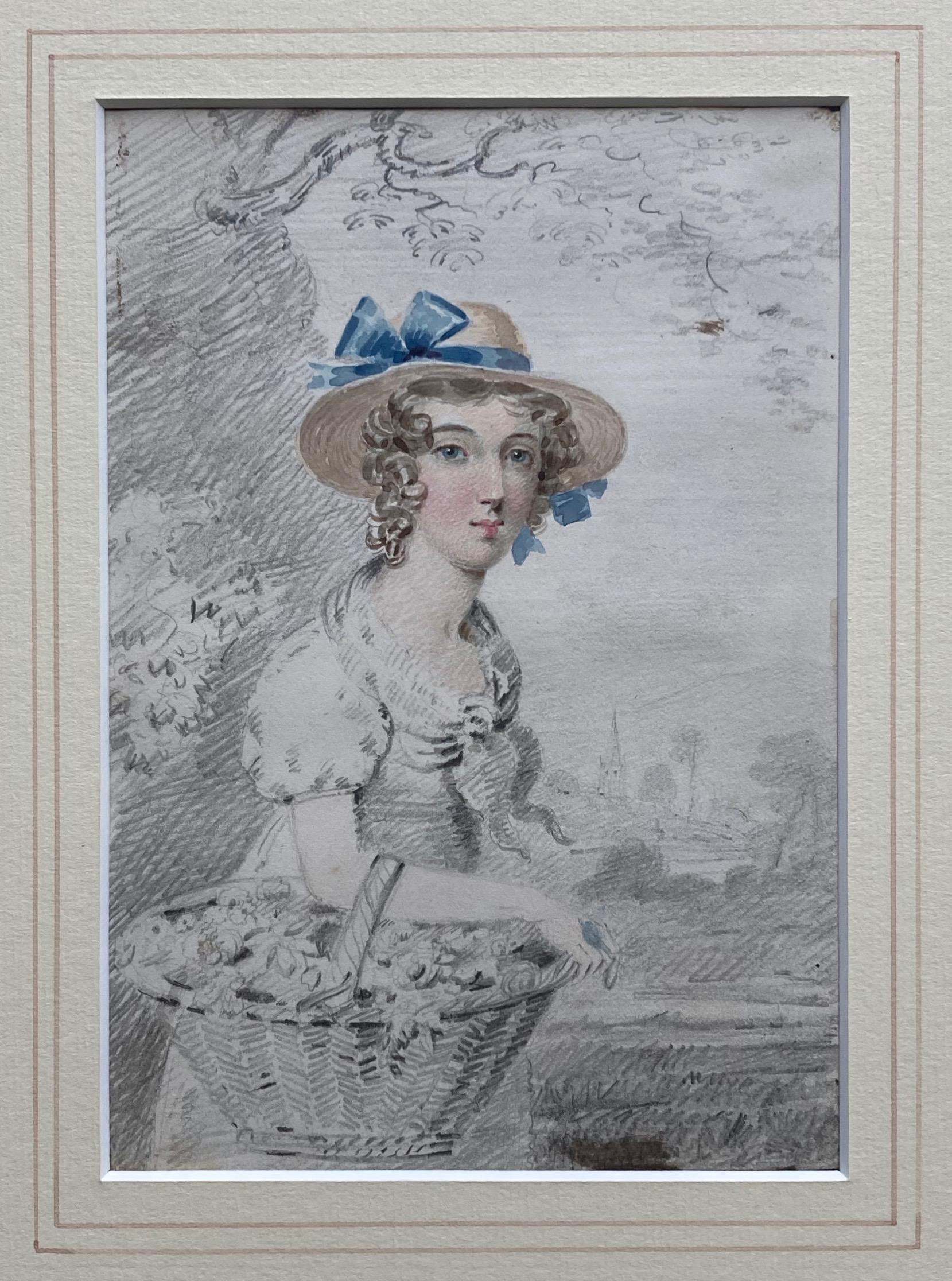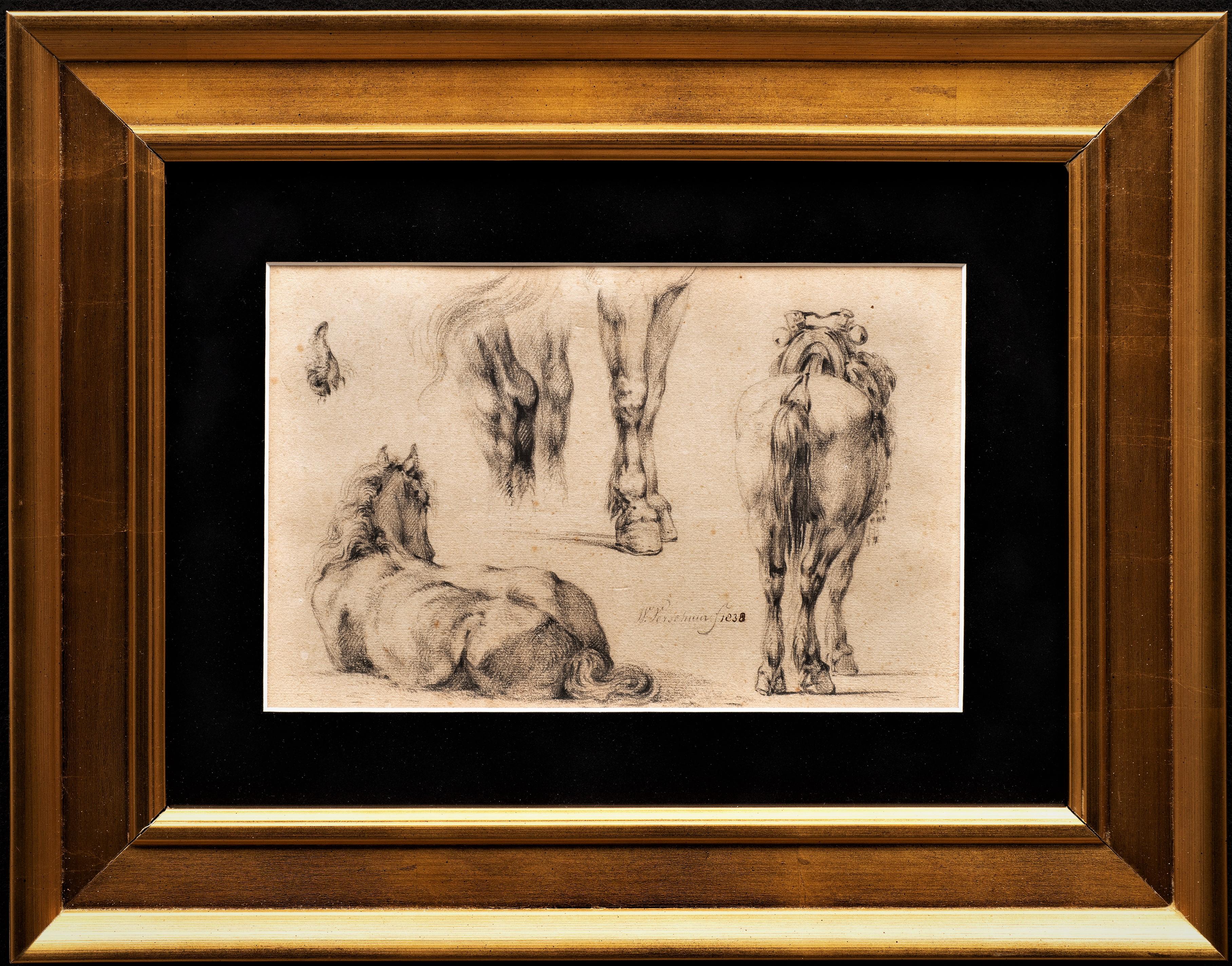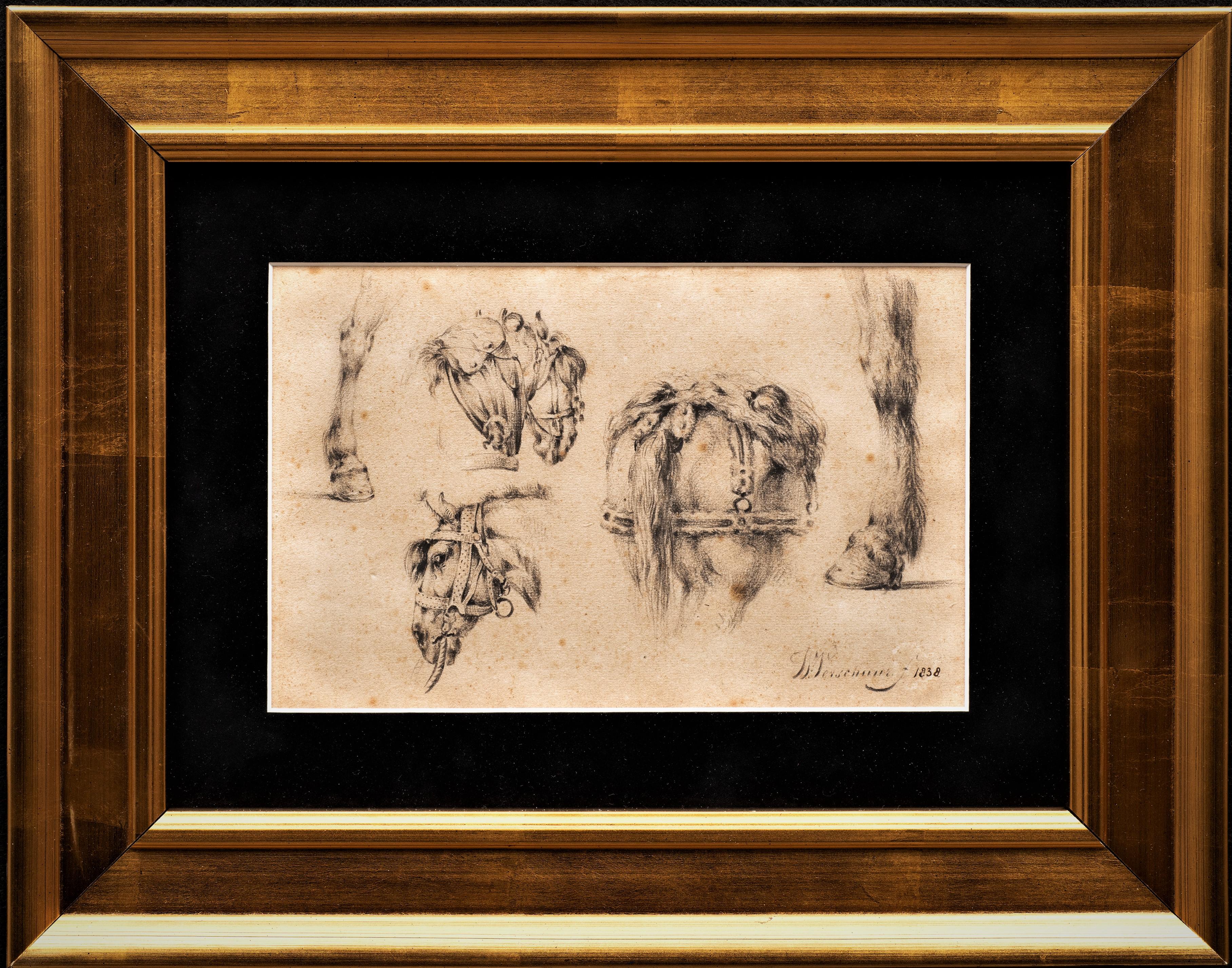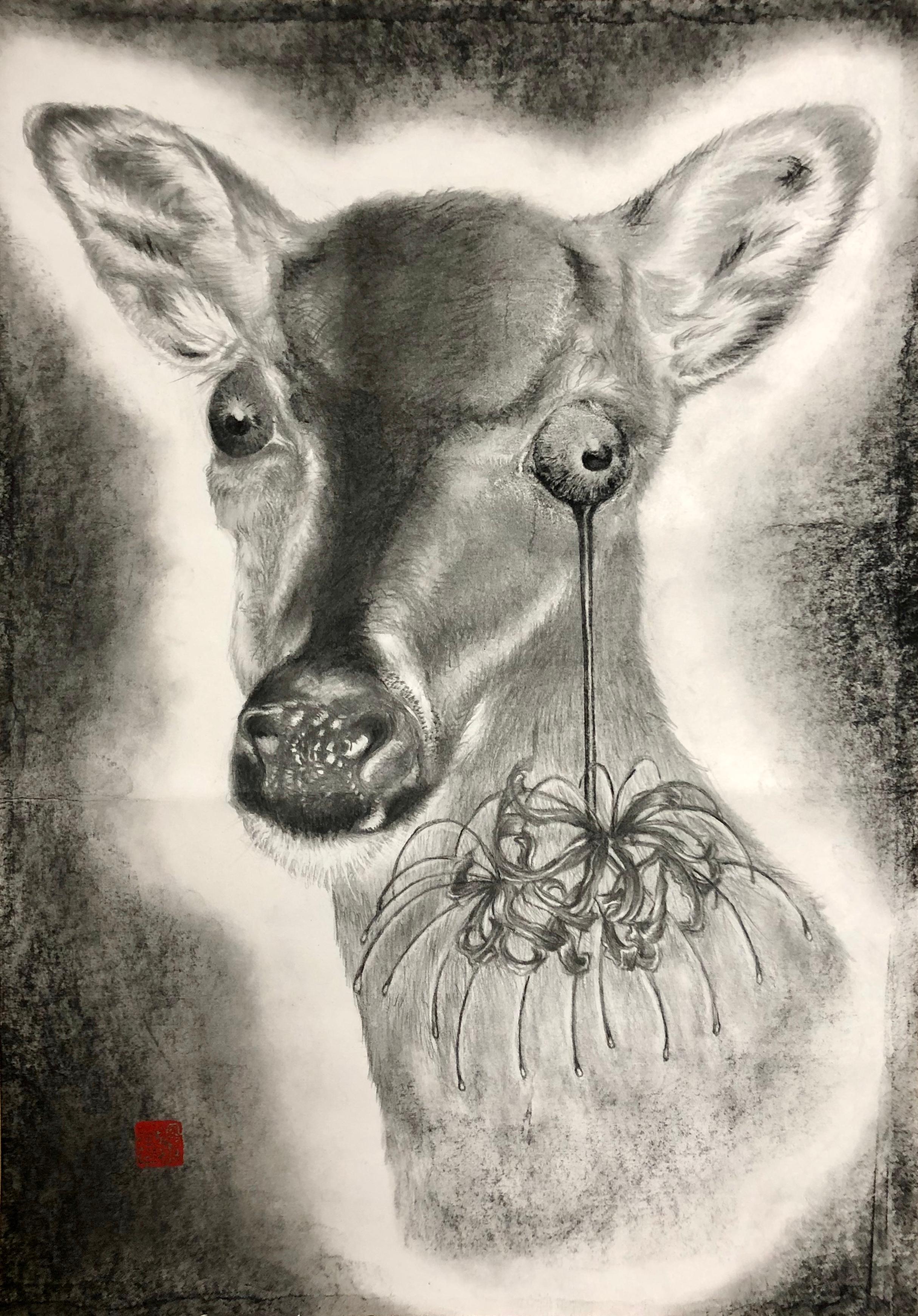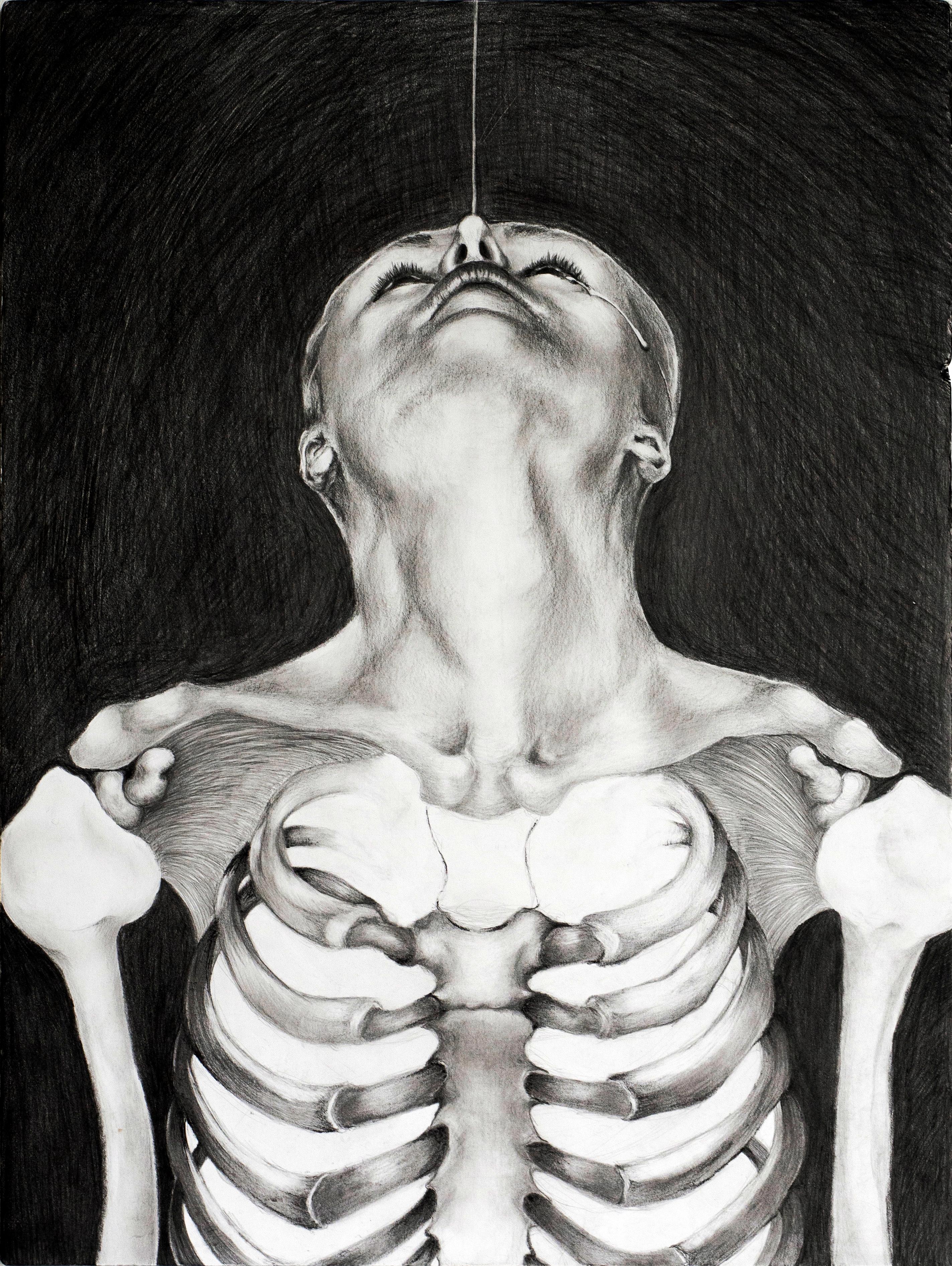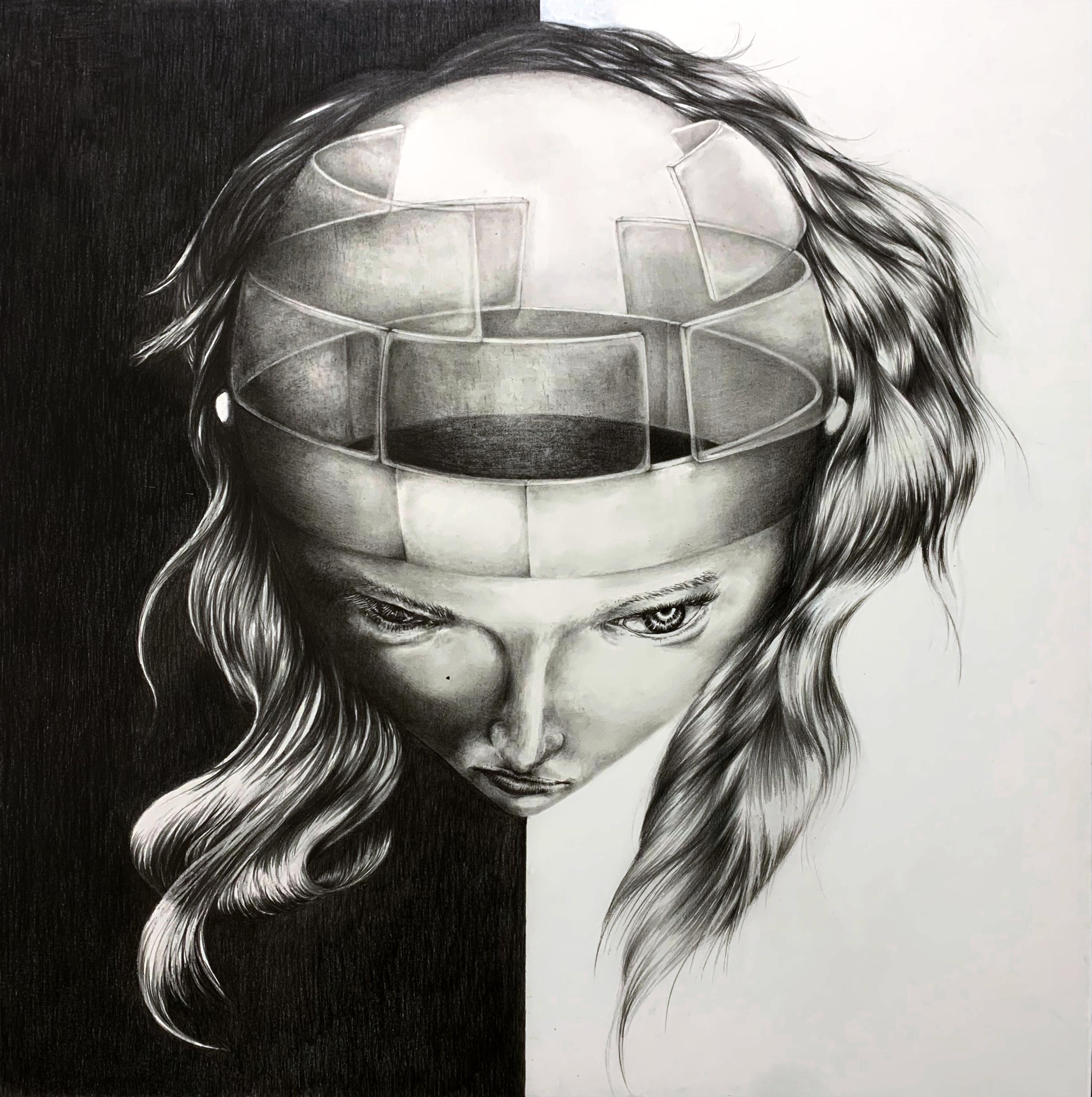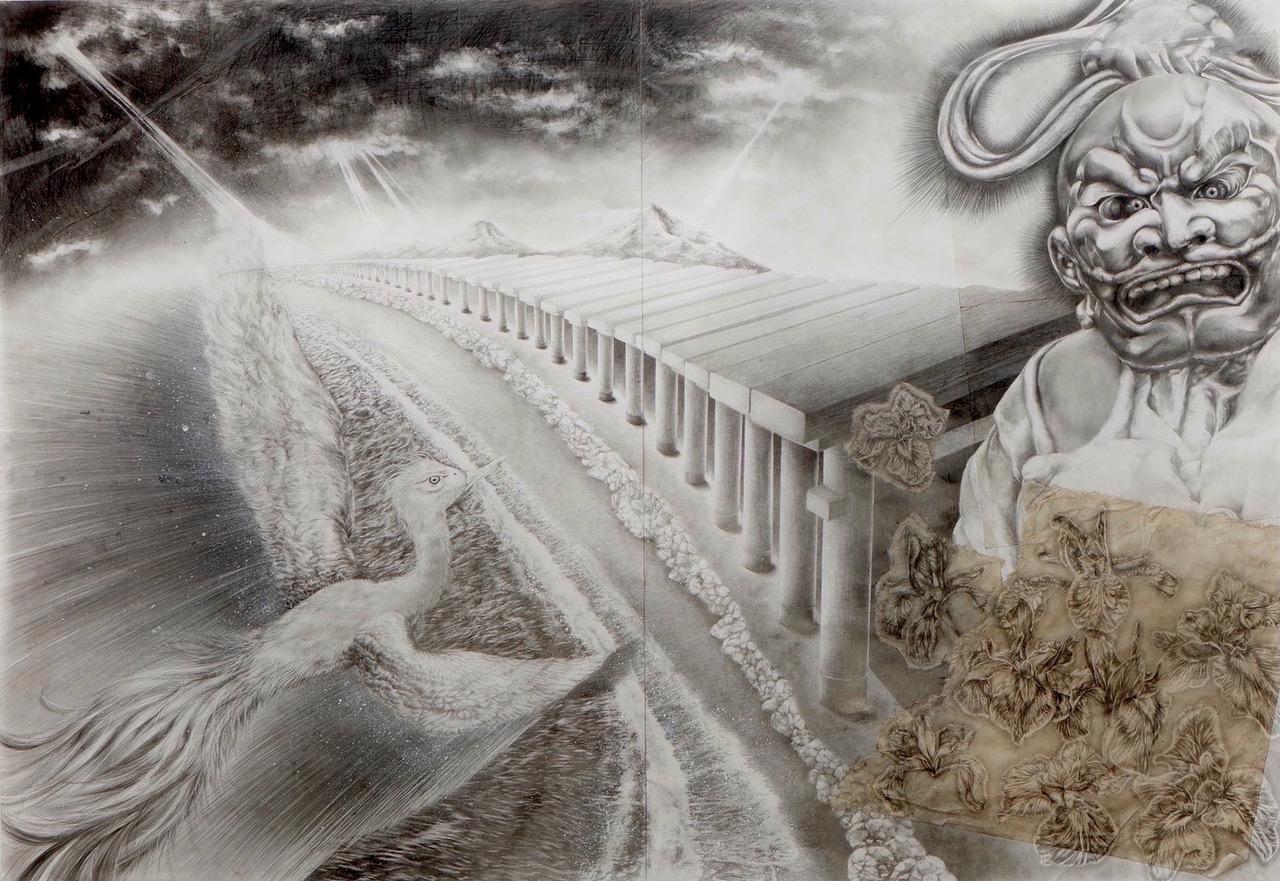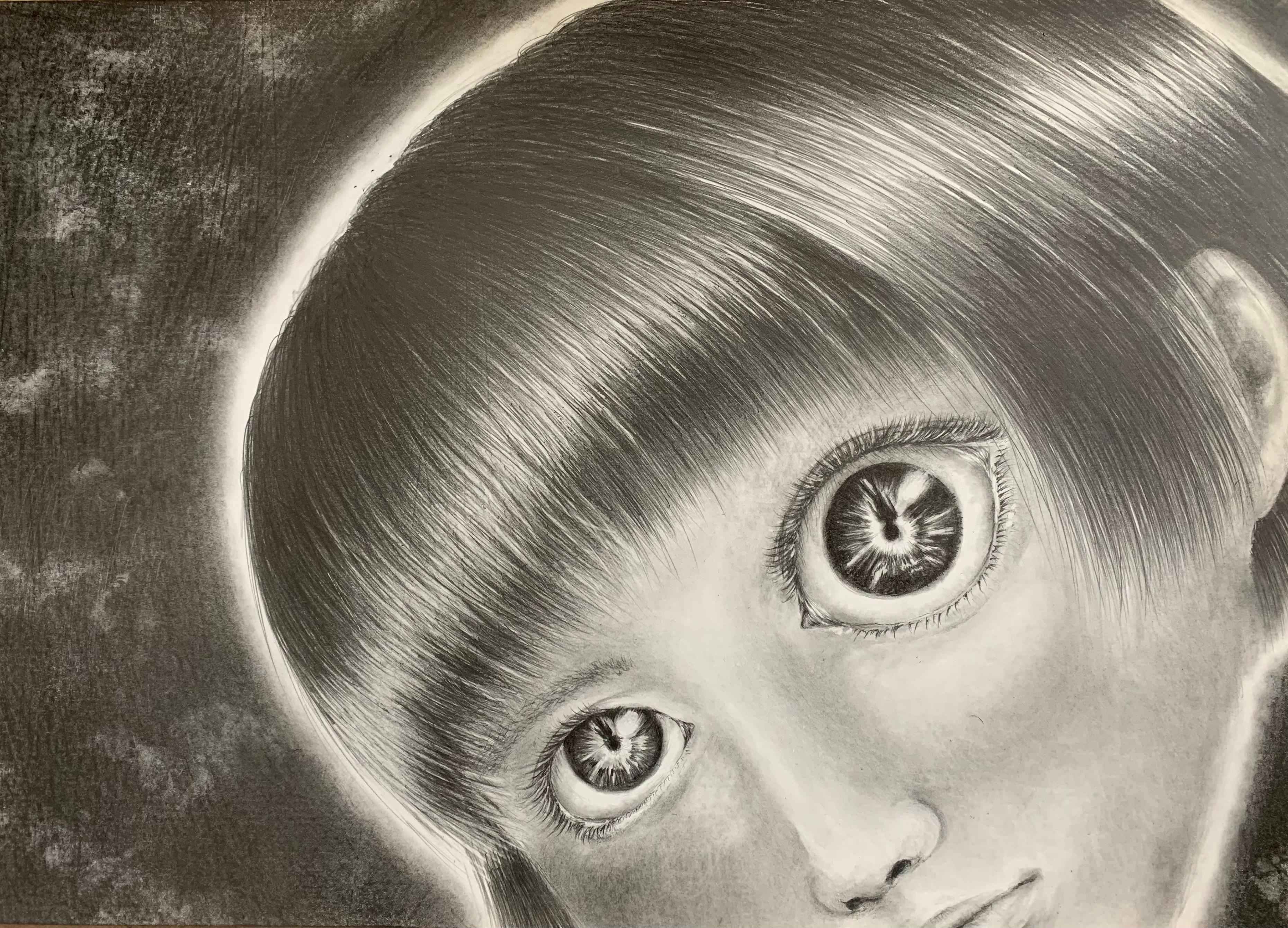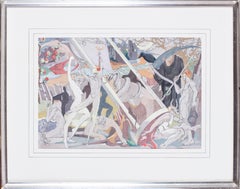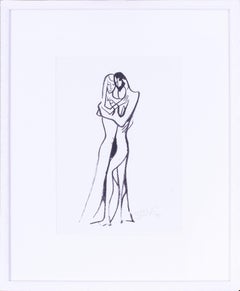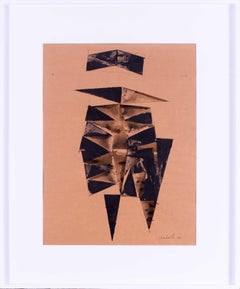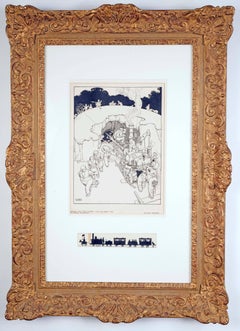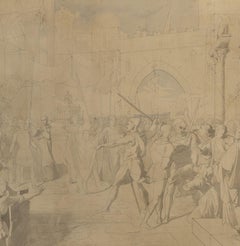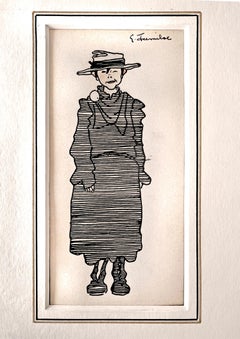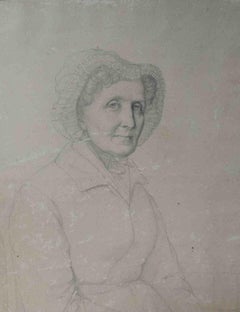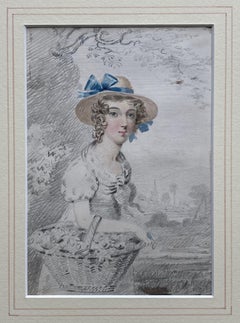
Studies of a statue and a sketch of a lady in ink
View Similar Items
Want more images or videos?
Request additional images or videos from the seller
1 of 9
George RichmondStudies of a statue and a sketch of a lady in ink
About the Item
- Creator:George Richmond (1809 - 1896, British)
- Dimensions:Height: 6.88 in (17.48 cm)Width: 9.75 in (24.77 cm)Depth: 1 in (2.54 cm)
- Medium:
- Movement & Style:
- Period:
- Condition:Surface dirt, possible grease spots. Minor foxing. In overall good condition. Framed in a mount with gilt washline behind glass in a silver and terracotta frame.
- Gallery Location:Petworth, GB
- Reference Number:1stDibs: LU54034374481
About the Seller
4.9
Gold Seller
Premium sellers maintaining a 4.3+ rating and 24-hour response times
Established in 2010
1stDibs seller since 2017
261 sales on 1stDibs
Typical response time: 2 hours
Authenticity Guarantee
In the unlikely event there’s an issue with an item’s authenticity, contact us within 1 year for a full refund. DetailsMoney-Back Guarantee
If your item is not as described, is damaged in transit, or does not arrive, contact us within 7 days for a full refund. Details24-Hour Cancellation
You have a 24-hour grace period in which to reconsider your purchase, with no questions asked.Vetted Professional Sellers
Our world-class sellers must adhere to strict standards for service and quality, maintaining the integrity of our listings.Price-Match Guarantee
If you find that a seller listed the same item for a lower price elsewhere, we’ll match it.Trusted Global Delivery
Our best-in-class carrier network provides specialized shipping options worldwide, including custom delivery.More From This Seller
View All'Bohemian Fantasy', British, 20th Century original painting
Located in Petworth, West Sussex
Circle of Austin Osman Spare (British, 1888 – 1956)
Bohemian Fantasy
Pen and gouache on paper
13.1/2 x 19.5/8 in. (34.3 x 50 cm.)
Category
20th Century Art Nouveau Figurative Drawings and Watercolors
Materials
Paper, Gouache, Pen
Mid Century St. Ives artist Sven Berlin 'A lover's embrace' pen and ink on paper
Located in Petworth, West Sussex
Sven Berlin (British, 1911 - 1999)
A Lovers embrace
Pen and ink
Signed 'SVEN 95' (lower right)
11 x 7.7/8 in. (20 x 28 cm.)
Sven Berlin, born in Sydenham, London on 14th September 1...
Category
20th Century Modern Figurative Drawings and Watercolors
Materials
Paper, Ink, Pen
Lynn Chadwick, British, ink abstract figurative painting, black wash, 1966
Located in Petworth, West Sussex
Lynn Russell Chadwick, CBE RA (British, 1914-2003)
Abstracted figure
Ink pen and wash
Signed and dated `Chadwick 66’ (lower right)
24 x 18.1/4 in. (61 x 46.3 cm.)
Lynn Chadwick was ...
Category
20th Century Abstract Figurative Drawings and Watercolors
Materials
Paper, Ink, Pen
William Heath Robinson original drawing, British early 20th Century
By William Heath Robinson
Located in Petworth, West Sussex
William Heath Robinson (British, 1872 - 1944)
'Boring The First Tunnel With An Early Type Of Rotary Excavator, And The Red Flag', circa 1935 (railway ribaldry was published in this year)
The former signed 'W. Heath Robinson (lower left) and inscribed with title (lower left and right)
The former to mount 14 X 10.1/4in. (35.5 X 26cm.)
The latter 1.1/2 X 8.1/2in. (3.8 X 21.6 cm.)
Literature: Railway Ribaldry, first published by the Great Western Railway, Paddington, 1935.
William Heath Robinson was an English cartoonist and illustrator best known for drawings of ridiculously complicated machines for achieving simple objectives.
During the First World War, he drew large numbers of cartoons, depicting ever-more unlikely secret weapons being used by the combatants. In the UK the term "Heath Robinson" entered popular language during this time as a description of any unnecessarily complex and implausible contrivance. Its continuing popularity was undoubtedly linked to Second World War Britain's shortages and the need to "make do and mend".
In the course of his work, Robinson also wrote and illustrated three childrens books including The Adventures of Uncle Lubin (1902) which is regarded as the genesis of his depiction of unlikely machines.
The inventions he drew were frequently powered by steam boilers or kettles, heated by candles or a spirit lamp and usually kept running by balding, bespectacled men in overalls. There would be complex pulley arrangements, threaded by lengths of knotted string.
One of his most famous series of illustrations accompanied the first Professor Branestawm book written by Norman Hunter. The stories provided a perfect backdrop for Robinson's drawings.
One of the automatic analysis machines built for Bletchley Park during the Second World War to assist in the decryption of German message traffic was named "Heath Robinson" in his honour.
He died in September 1944 during the Second World War and is buried in East Finchley Cemetery.
The Heath Robinson Museum in Pinner opened in October 2016 to house a collection of nearly 1,000 original artworks owned by The William Heath Robinson Trust.
In the Wallace and Gromit...
Category
20th Century Figurative Drawings and Watercolors
Materials
Paper, Ink, Pen
Jean Dupas art deco drawing, 'The Angel of light'
By Jean Dupas
Located in Petworth, West Sussex
Jean Dupas (French, 1882 – 1964)
The angel of light
Pen and ink and charcoal on paper
14.3/4 x 12.1/2 in. (37.5 x 31.8 cm.)
One of the leading artists of the Art Deco period, Jean Théodore Dupas was the son of a merchant marine captain and began his adult life as a merchant seaman. Poor health meant that he had to abandon this career and he enrolled in art school instead, first in his native Bordeaux and later in Paris. He won the Prix de Rome in the category of painting in 1910 and studied at the Académie de France in Rome, from where he sent several paintings to the Paris Salons, although his studies were interrupted by the outbreak of war. Dupas’s work came to public prominence on the occasion of the seminal Exposition des Arts Décoratifs in Paris in 1925. He was chosen by the furniture designer Jacques-Emile Ruhlmann to provide paintings for the latter’s Maison d’un collectionneur, alongside furniture by Ruhlmann and objects by many of the leading Art Deco craftsmen of the day, while other paintings by Dupas were also displayed to great effect elsewhere in the Exposition.
In the late 1920’s and 1930’s Dupas won a number of important and prestigious commissions. In 1926 he worked alongside Ruhlmann and the sculptor Alfred Jeanniot on the decoration of the tearoom of the ocean liner Ile-de-France; the first of the grand transatlantic ships to be built in France after the First World War. By this time Dupas had firmly established his reputation. Writing in 1927, his fellow artist George Barbier could already note that ‘Few artists have at such an early age attained such a degree of success, or gathered around them such swarms of imitators and disciples.’
Dupas reached the height of his fame in the mid 1930’s, and in 1934 he received his most important commission to date; a series of large glass murals...
Category
Early 20th Century Art Deco Figurative Drawings and Watercolors
Materials
Paper, Crayon, Ink, Pen
19th Century drawing attributed to John Flaxman of a classical maiden
By John Flaxman
Located in Petworth, West Sussex
Attributed to John Flaxman (British, 1755- 1826)
Study of a classical maiden
Pen and ink on paper
5.1/2 x 3.1/8 in. (14 x 8 cm.)
Category
19th Century Academic Figurative Drawings and Watercolors
Materials
Paper, Ink, Pen
You May Also Like
Historical figurative drawing of 19th century Italian Romanticism
Located in Florence, IT
The subject illustrated here is one of the moments that mark the centuries-long history of Genoa's glorious Maritime Republic, when the ashes of St. John the Baptist, one of the city...
Category
1860s Romantic Figurative Drawings and Watercolors
Materials
Paper, Watercolor, Pen, Pencil
Hand-Me-Downs - Street Children - Waif - Cockney Gutter Imps.
Located in Miami, FL
19th Century Street Art - British children's book author and illustrator Edith Farmiloe depicts a waif-like girl - Cockney Gutter Imp - who is disheveled. The artist draws her i...
Category
Early 1900s Romantic Figurative Drawings and Watercolors
Materials
Paper, Ink, Pen
Disegno italiano, ritratto di signora con cuffia, matita su carta del XIX secolo
Located in Florence, IT
Il disegno in questione è molto probabilmente uno studio dal vivo per un ritratto da riportare successivamente in pittura, come si può notare dall'intensità dello sguardo e dall'alta...
Category
Early 19th Century Romantic Portrait Drawings and Watercolors
Materials
Paper, Pencil
Follower of Francis Wheatley, 19th century portrait of young maiden with flowers
By Francis Wheatley
Located in Harkstead, GB
A really charming, early 19th century portrait of a young maiden carrying a basket of flowers. The face is beautifully painted with a slight blush to her cheeks and striking touches ...
Category
Early 19th Century Romantic Figurative Drawings and Watercolors
Materials
Watercolor, Paper, Pencil
Antique Horse "Heads, Hooves, Rump 1838" Wouterus Verschuur (Dutch, 1812-1874)
Located in SANTA FE, NM
Antique Horse Study
"Heads, Hooves and Rump, 1838"
Wouterus Verschuur (Dutch, 1812-1874)
Pencil on paper
Signed and Dated "W Verschuuur 1838"
10 x 6 1/2 (17 1/2 x 14 frame) inches
In his time Wouterus Verschuur was an acclaimed and celebrated painter of horses. Through careful observation he learned to capture their physique and movement to perfection. As a true-born romanticist he was also interested in their character, thereby painting powerful carthorses in their stable, thoroughbred saddled horses during an afternoon ride or harnessed horses in action.
He was born to an Amsterdam jeweler and received his training from the landscape and cattle painters Pieter Gerardus van Os and Cornelis Steffelaar. As part of this education Verschuur had to copy works by the 17th century painter Philips Wouwerman. Like Wouwerman, Verschuur's subjects consist mostly of stable scenes, landscapes with horses and coastal landscape. These works reflect the enduring influence of the northern Baroque masters on nineteenth century art, revealing the artist's close study of his Dutch and Flemish predecessors harking back to Peter Paul Rubens.
Showing talent from a very early age, at 15 Verschuur had a painting exhibited at the "Exhibition of Living Masters" at Amsterdam in 1828. In 1832 and 1833 he won the gold medal at the annual exhibition at Felix Meritis. In 1833 he was appointed a member of the Royal Academy in Amsterdam. In 1839 he joined the artists' society, Arti et Amicitiae.
His reputation was also considerable abroad. He was often featured in the annual exhibitions which travelled the large European cities at that time. In 1855 Napoleon III purchased one of his paintings at the Exposition Universelle* in Paris.
The Verschuur horse revels in its physicality, like a quintessential Baroque horse...
Category
1830s Romantic Animal Drawings and Watercolors
Materials
Paper, Pencil
Antique Horse Study; Legs and Rumps, 1838" Wouterus Verschuur (Dutch, 1812-1874)
Located in SANTA FE, NM
Antique Horse Study
"Legs and Rumps, 1838"
Wouterus Verschuur l (Dutch, 1812-1874)
Pencil on paper
Signed and Dated "W Verschuur 1838"
10 x 6 1/2 (17 1/2 x 14 frame) inches
In his time Wouterus Verschuur was an acclaimed and celebrated painter of horses. Through careful observation he learned to capture their physique and movement to perfection. As a true-born romanticist he was also interested in their character, thereby painting powerful carthorses in their stable, thoroughbred saddled horses during an afternoon ride or harnessed horses in action.
He was born to an Amsterdam jeweler and received his training from the landscape and cattle painters Pieter Gerardus van Os and Cornelis Steffelaar. As part of this education Verschuur had to copy works by the 17th century painter Philips Wouwerman. Like Wouwerman, Verschuur's subjects consist mostly of stable scenes, landscapes with horses and coastal landscape. These works reflect the enduring influence of the northern Baroque masters on nineteenth century art, revealing the artist's close study of his Dutch and Flemish predecessors harking back to Peter Paul Rubens.
Showing talent from a very early age, at 15 Verschuur had a painting exhibited at the "Exhibition of Living Masters" at Amsterdam in 1828. In 1832 and 1833 he won the gold medal at the annual exhibition at Felix Meritis. In 1833 he was appointed a member of the Royal Academy in Amsterdam. In 1839 he joined the artists' society, Arti et Amicitiae.
His reputation was also considerable abroad. He was often featured in the annual exhibitions which travelled the large European cities at that time. In 1855 Napoleon III purchased one of his paintings at the Exposition Universelle in Paris.
The Verschuur horse revels in its physicality, like a quintessential Baroque horse...
Category
1830s Romantic Animal Drawings and Watercolors
Materials
Paper, Pencil
Recently Viewed
View AllMore Ways To Browse
Original Art For Sale
Still Life Mid Century Art
New York Expressionist Painting
Original Japanese Art
Love Edge
Fashion Photography Modern
Mexican Art Framed
British Canvas Painting
Impressionist Still Life
Painted Dutch
Oil Painting Oranges
Series Architectural Prints
Geometric Painting On Canvas
3d Painting Art
The Boy
Large Framed Contemporary Paintings
Red White Blue Art
Traditional Oil Paintings
